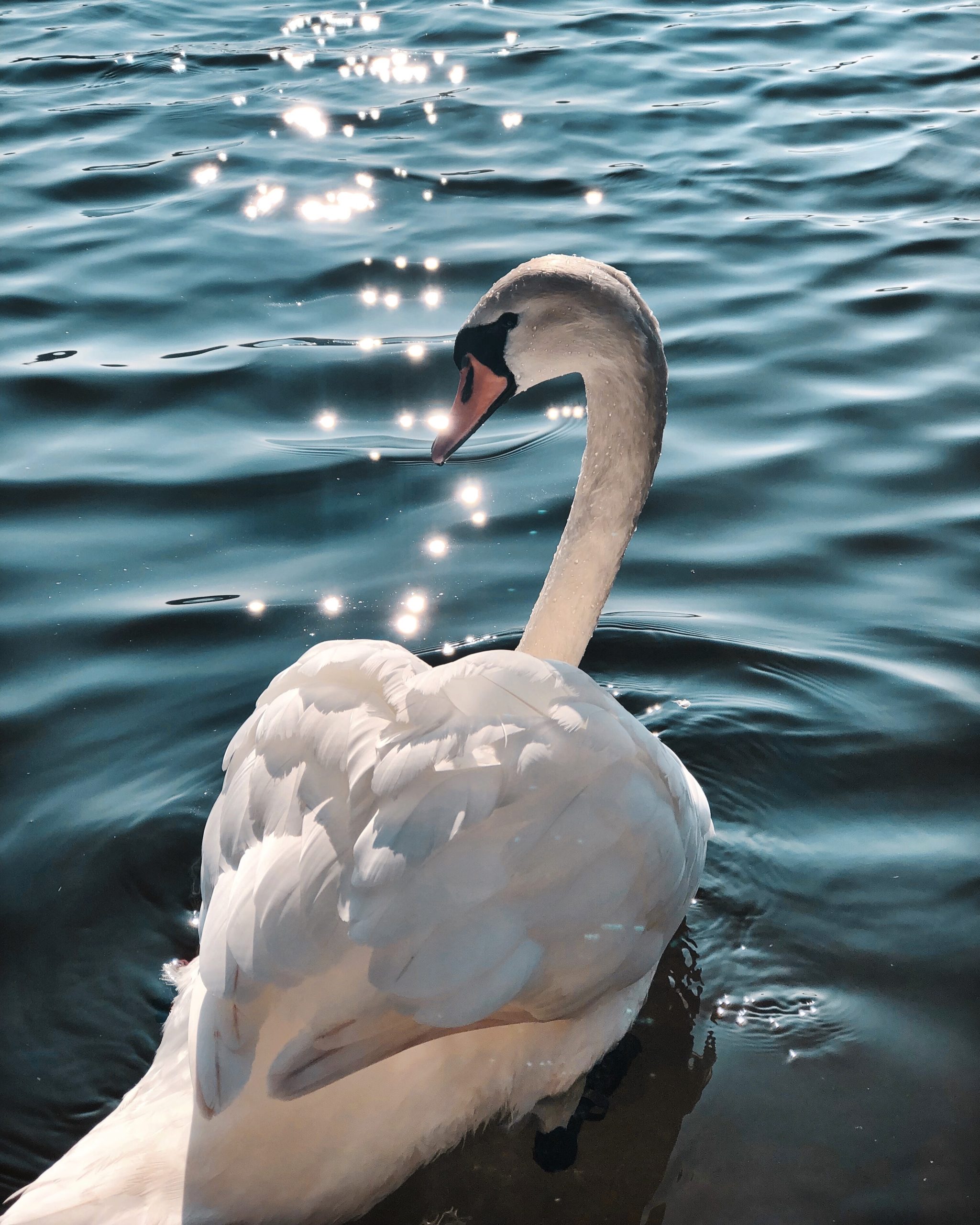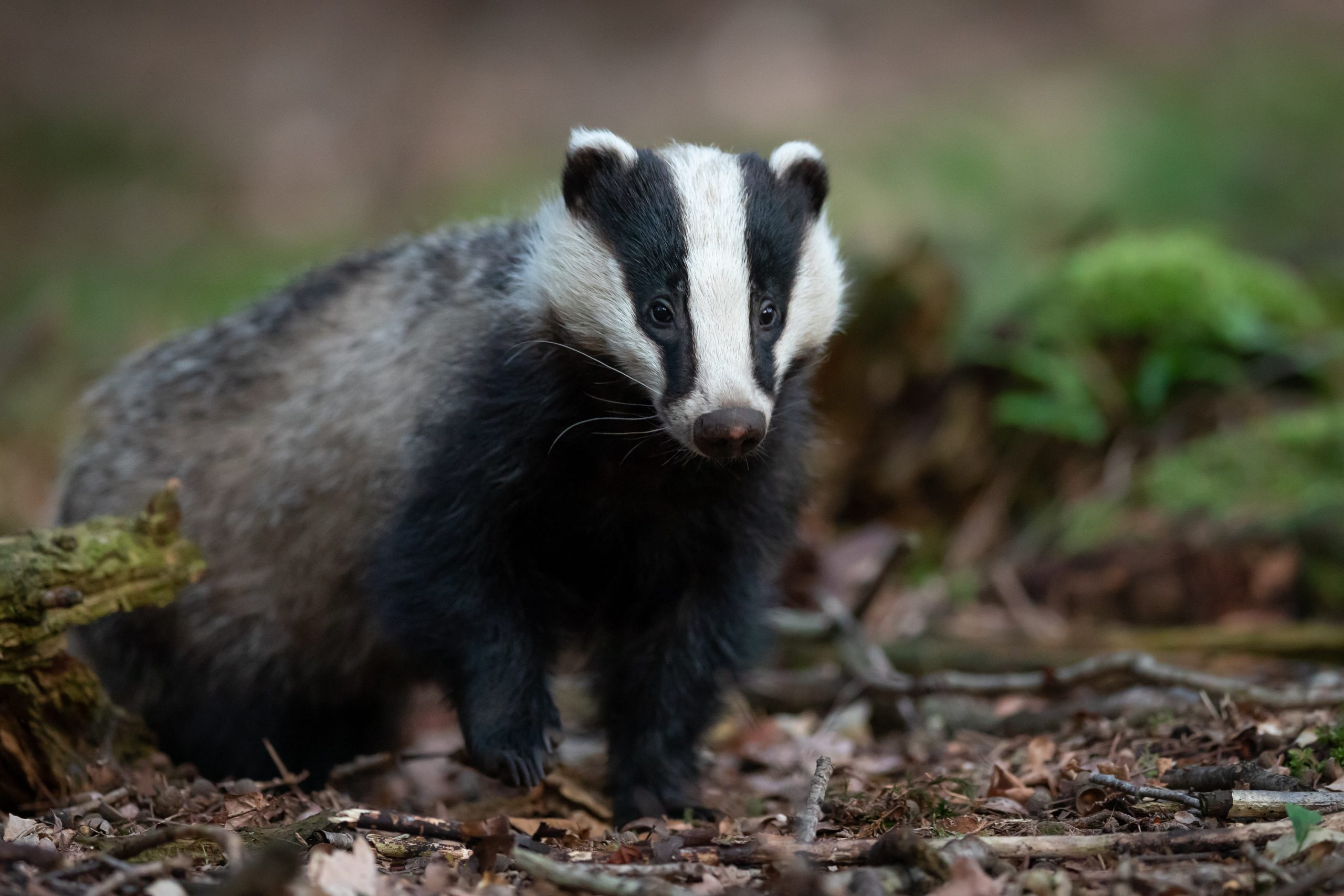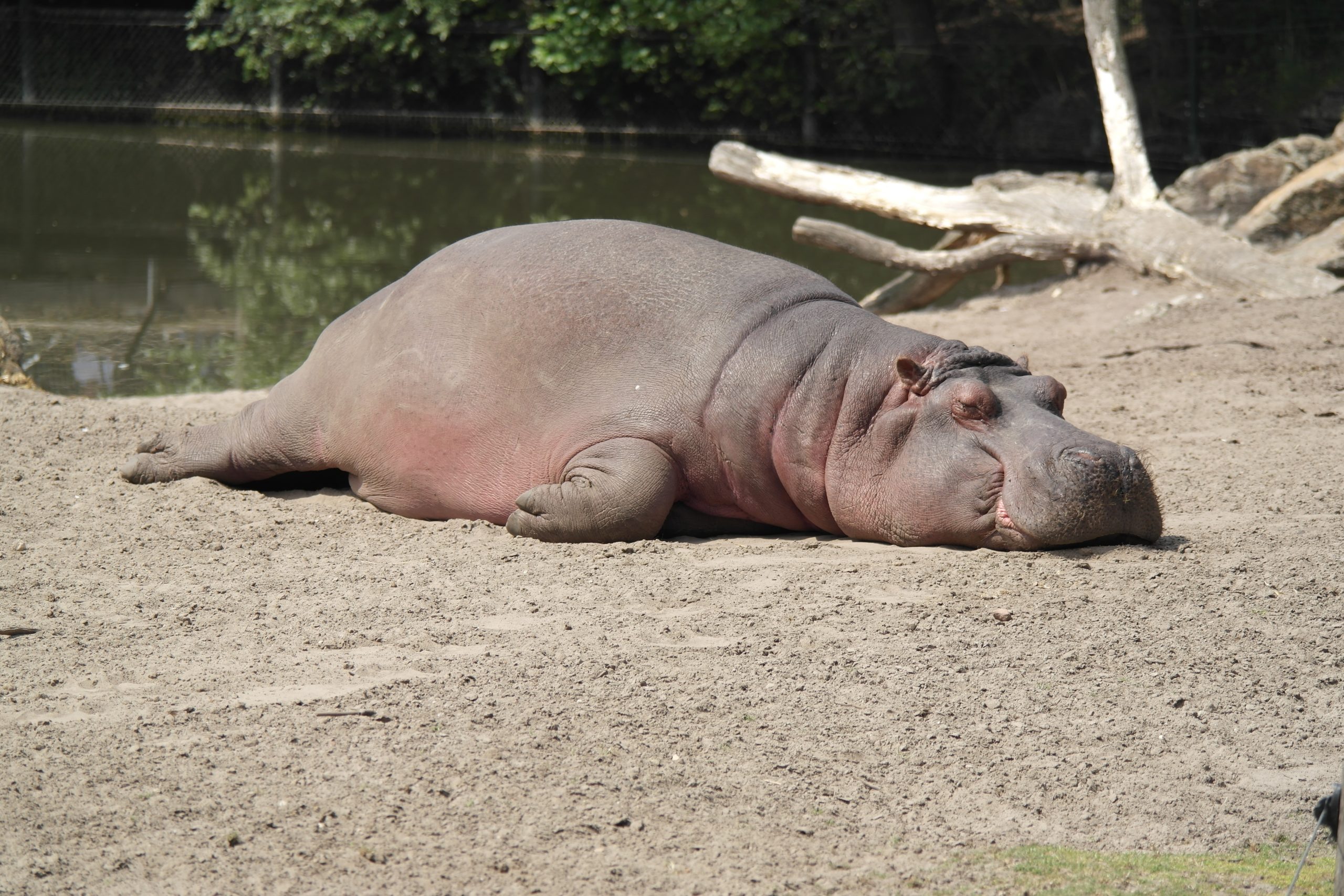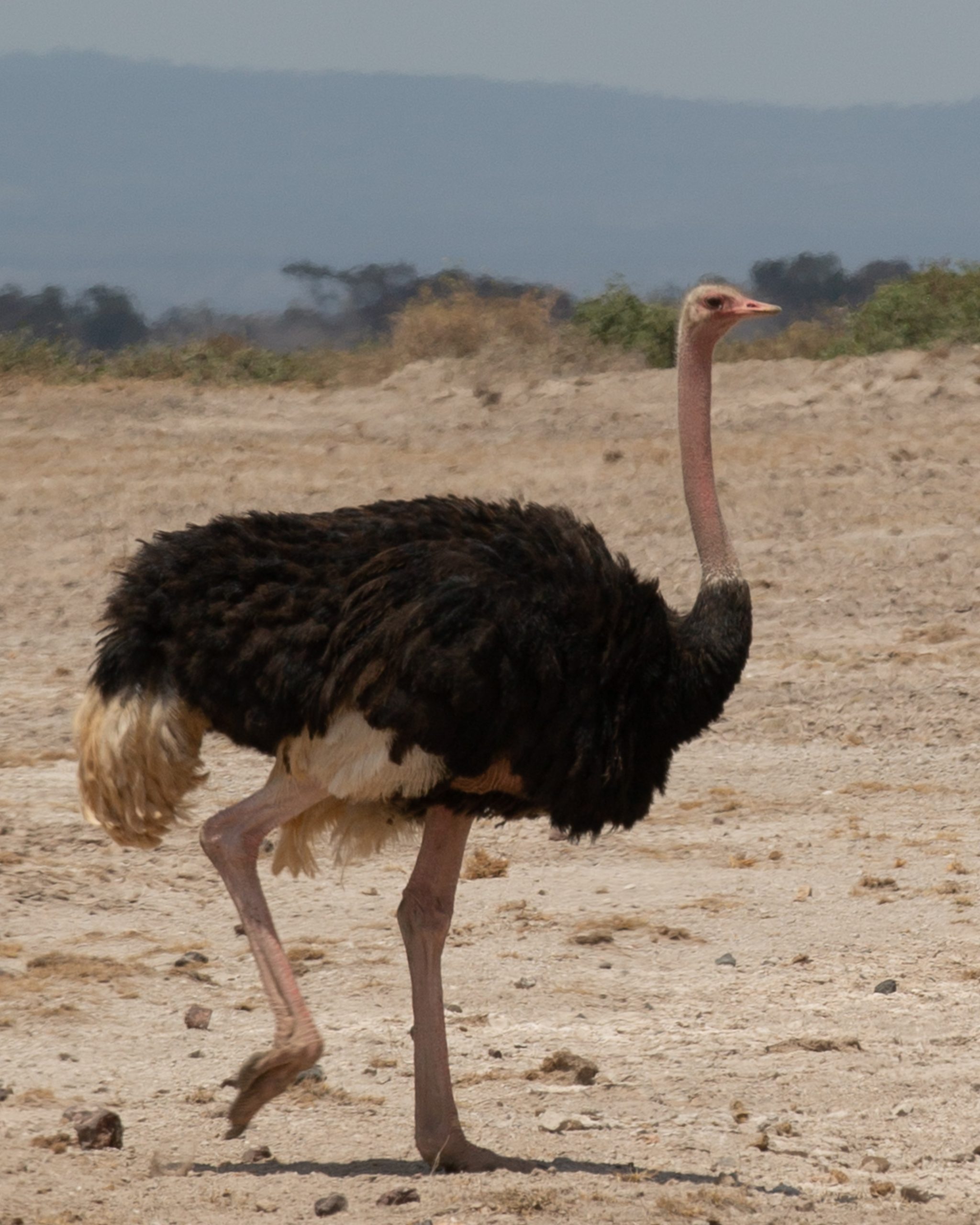I am happy to assist you with your request. Animals’ paws and claws are essential parts of their anatomy, and they serve a variety of purposes. Understanding the science behind these body parts can help us better appreciate and care for our furry friends. In this article, we will delve into the science behind our furry friends’ paws and claws.
Paws
Paws are a vital part of an animal’s anatomy, and they serve multiple purposes, depending on the species. For example, cats use their paws to hunt and capture prey, climb trees, and even communicate. Dogs, on the other hand, use their paws to run, jump, and dig.
The anatomy of a paw varies depending on the species, but all paws share some common features. A paw typically consists of pads, nails, and toes. The pads provide cushioning and protection, while the nails and toes provide grip and traction.
Dogs and cats have different types of paw pads. Dogs have tough, durable paw pads that can withstand rough terrain and harsh weather conditions. Their paw pads also contain sweat glands that help regulate their body temperature. Cats, on the other hand, have soft paw pads that provide them with a quiet and stealthy approach when hunting.
Paws also play a role in an animal’s sense of touch. The paw pads contain sensory receptors that help animals navigate their surroundings and detect changes in temperature, texture, and pressure.
Claws
Claws are another essential body part for many animals, especially those that hunt or defend themselves. Claws are made of keratin, the same material that makes up our fingernails and hair. They come in various shapes and sizes, depending on the animal’s species and lifestyle.
For example, cats have retractable claws that allow them to climb, hunt, and defend themselves. When not in use, the claws remain hidden inside the paw, protected by a sheath. When a cat needs to use its claws, it extends them by contracting muscles in its paws.
Dogs, on the other hand, have non-retractable claws that are always exposed. Their claws are usually thicker and blunter than cat claws, designed to provide them with traction and stability.
Claws also play a role in an animal’s sense of touch. Just like paw pads, claws contain sensory receptors that help animals navigate their surroundings and detect changes in texture and pressure.
Conclusion
The science behind our furry friends’ paws and claws is fascinating and essential to understand. Paws and claws serve multiple purposes, including hunting, climbing, running, and defending. They also play a vital role in an animal’s sense of touch and can help them navigate their surroundings. By understanding the science behind our furry friends’ paws and claws, we can better appreciate and care for them. Providing them with proper nutrition, regular exercise, and veterinary care can help keep their paws and claws healthy and strong, ensuring their well-being and happiness.











